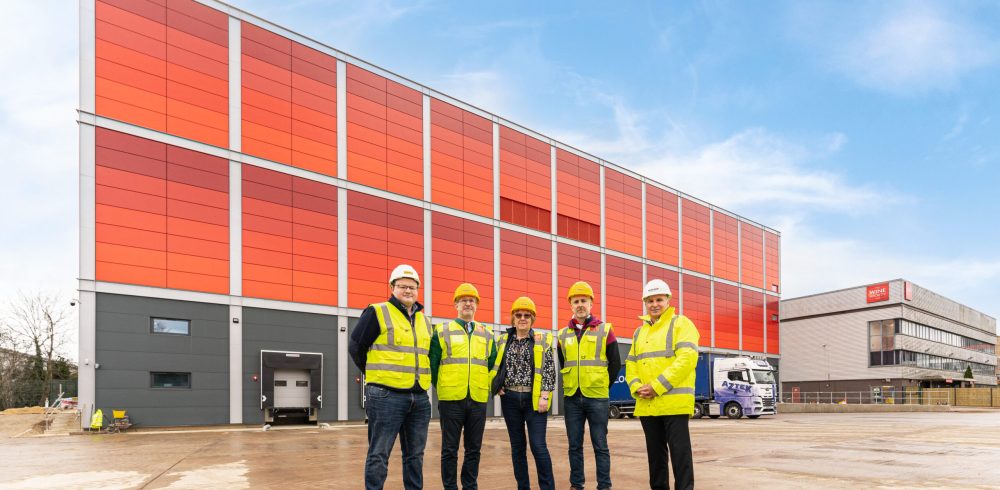Managing Hazards During Shutdowns & Turnarounds
The UK’s industrial growth is fuelled by many sectors; process manufacturing, pharmaceuticals, electronics, aerospace, nuclear energy, and everything in-between! However, in order for these facilities to run smoothly, it is essential to schedule regular shutdowns, turnarounds and other types of maintenance and repair works. Of course, with this type of work comes a variety of hazards and risks to manage.
During maintenance work, engineers could be exposed to dust, noise, fumes, gases, as well as poor quality air due to lack of oxygen or excessive temperatures. If the facility remains ‘live’ you also need to ensure that factory operatives and sensitive equipment remain protected. This can be a challenge, but specialist suppliers such as RVT Group, are able to tailor hazard control solutions to your exact requirements.
Case Study: UK Oil Refinery
A Catalytic Cracker Unit (CCU) needed to be inspected and repaired. The maintenance team needed to break out refractory linings within the CCU which were covered with coke, a solid carbon deposit created as a by-product of a catalytic cracking process. Breaking the coke would create harmful dust and could put the maintenance team at risk of respiratory and pulmonary illnesses. Workers also needed to inspect, grind and weld new material within the CCU to complete the upgrade project, which would create additional airborne contaminants, including carcinogenic welding fumes.
RVT Group have a team of highly experienced LEV professionals who were able to install relevant equipment at different stages of the project. Firstly, after shutdown of the plant and before personnel could enter the CCU, cool air needed to be forced into the Stripper Unit to reduce the temperature to a safe level. RVT’s Ventex® 450S Centrifugal Fans were installed to supply high volumes of fresh air (20,400m3/hr) into the Stripper Unit to cool down the work area.
Next, the team needed to manage the harmful coke dust created during breaking out. They captured the dust at source using RVT’s ATEX certified Ventex® 300M Centrifugal Fans and Dustex® D4 ATEX Extractor. The D4 unit was connected to a distributor box with multiple spigot connections, allowing the team to extract dust from multiple locations simultaneously.
Lastly, the team needed to manage the fumes created during welding and grinding. RVT’s Ravex® Portable Welding Fume Filtration Units were used to extract and filter the fumes at source, while a Ventex® 300M Centrifugal Fan provided general ventilation. Both dust and fume hazards were extracted away from the work area over long distances, through small bore hoses at very high pressure and safely filtered, protecting workers and anyone within the vicinity.
Further Information & Free Resources:
RVT Group are able to offer a wide range of dust extraction, fume filtration, negative/ positive pressure ventilation, climate control, noise control solutions and much more. To learn more about RVT’s solutions please call 0808 178 3286 or visit www.rvtgroup.co.uk.
Whitepaper: How to Control Welding Fumes
Whitepaper: Understanding COSHH Regulation
Whitepaper: 10-Point Dust Control Checklist
Manufacturing & Engineering Magazine | The Home of Manufacturing Industry News















